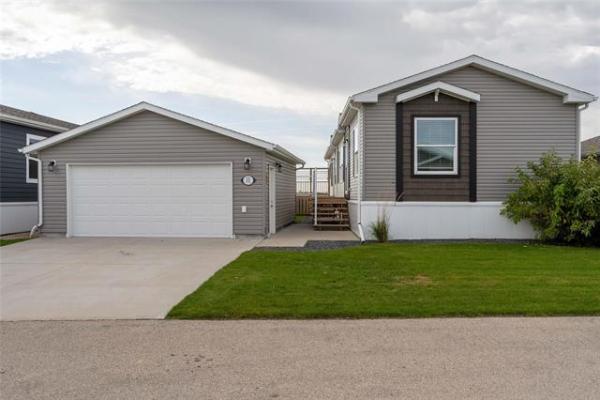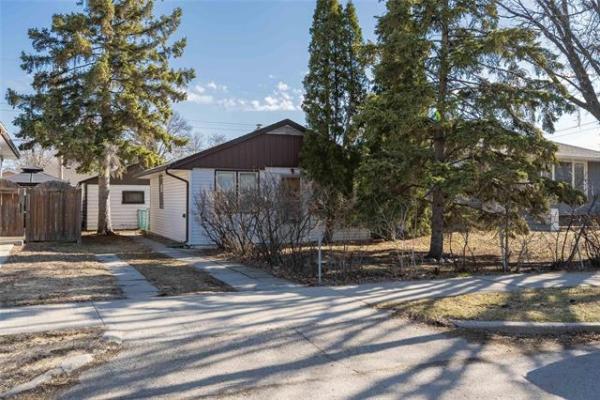QUESTION: Our home was built in 1977 just outside of the city. The basement has been a problem on and off with leakage. It is worse on a wet year of course. This year and last spring we had problems with water leaking in. We think it could be the window wells, but are concerned about changing the windows for fear that the cement around the windows will crumble and create more problems.
We have a visible crack that runs across one wall on the back of the house but we do not think it is leaking there. It is a hairline crack. Our weeping tiles are functioning properly because the sump pump runs continually summer and winter; obviously there is a high water table here.
We believe the only way to solve the problem is to dig out the whole wall and reseal it, but are concerned about who we get to fix the problem. We don't want overkill if in fact it is a simple problem.
Could you give us some advice on what to do first? We want to do the job once but do it properly.
Thank you, Dawn
ANSWER: This is a question I have been asked numerous times the past few months due to the exceptionally wet weather we have experienced several times this year. I even had to check several previous columns just to assure myself that I had not recently written about this extremely common problem. Many of these inquiries have been followed up by inspections to offer on-site advice and review quotes for repairs. I will offer you some of the same information and advice provided during these single-element inspections.
Many moisture intrusion problems into basement can be minimized, or eliminated altogether, with improved grading and drainage around your home. Too often leakage is seen directly inside corners of the foundation where a downspout is dumping directly beside or too close to the foundation. This typically will cause a depression in the soil outside this area, creating an ideal spot for excess water to build up. Unless you have a relatively new home, with newly installed damp-proofing on the foundation, water will find a way to sneak through the foundation. This may only occur during the heaviest of rainstorms, or when the snow begins to melt in the spring, but it will happen if the grading and eavestroughs are neglected.
In older homes like yours the subsoil drainage system may become blocked or clogged after several decades, making the problem worse. Without properly functioning "weeping tiles" to drain the excess moisture from the soil, it can become easily saturated around your home. Once the soil can no longer absorb moisture during a heavy rain, it will try to force its way through your foundation by "hydrostatic pressure."
If your foundation damp-proofing is in good condition or there are no small holes or cracks, it may not leak. If there are small openings from rusting snap ties or hairline cracks, which are very common after thirty-plus years, moisture will be forced through into your basement. A small trickle of moisture on an unfinished foundation may not be anything to fret about, but the problem will only get worse with time.
As your sump pump and subsoil drainage system appears to be working well, the next place to look is around your home and around the roof. If the soil adjacent to your foundation does not have a positive slope away from the area for the first few metres, you need to build it up ASAP. Also, check to ensure that your eavestroughs are clear of leaves and debris and properly draining. As homes settle, eavestroughs can lose their natural slope and overflow during heavy rains.
Adding downspout extensions to channel water two to three metres from your home may also make a significant difference. If you don't have a downspout at each corner of the home, adding an extra one may reduce the amount of water entering the soil at all the other locations, minimizing the chances of over-saturated soil.
Replacing your basement windows if they are moisture damaged or the frame is rotten is absolutely critical to stopping leakage. I would not worry about increasing the chances of leakage after replacement, as long as the installers remove and replace any damaged wood.
New PVC windows can be measured to fit directly into the foundation opening, or new window bucks can be constructed out of pressure treated wood that will resist moisture damage for decades. Either way, the new windows can be sealed with high-quality caulking around any openings to ensure they don't leak after installation.
I agree that you should be concerned with spending too much money on foundation repairs that may be seen as unnecessary, but this will depend on the extent of the seepage and the deterioration to the foundation.
If the cracks in your foundation are horizontal, especially if they are wall to wall, there may be no choice but do a repair by excavation. Even if they are hairline now, they will increase in size over time as the hydrostatic pressure from the soil outside your foundation pushes on your foundation year after year. At some point the cracks will work their way through the concrete to the exterior and will leak for sure.
If the cracks are vertical or diagonal, major repairs may not be warranted at this time, but ensuring proper grading and drainage outside your home will be critical to preventing foundation leakage.
As always, simple home maintenance, like improved grading and drainage, is the first place to start your remediation. Spending thousands on exterior foundation repairs may ultimately be necessary to stop the leakage, but should be a last resort.
Ari Marantz is the owner of Trained Eye Home Inspection Ltd. and president of the Canadian Association of Home & Property Inspectors-Manitoba (www.cahpi.mb.ca). Questions can be e-mailed to the address below. Ari can be reached at (204) 291-5358 or check out his website at www.trainedeye.ca.
trainedeye@iname.com




